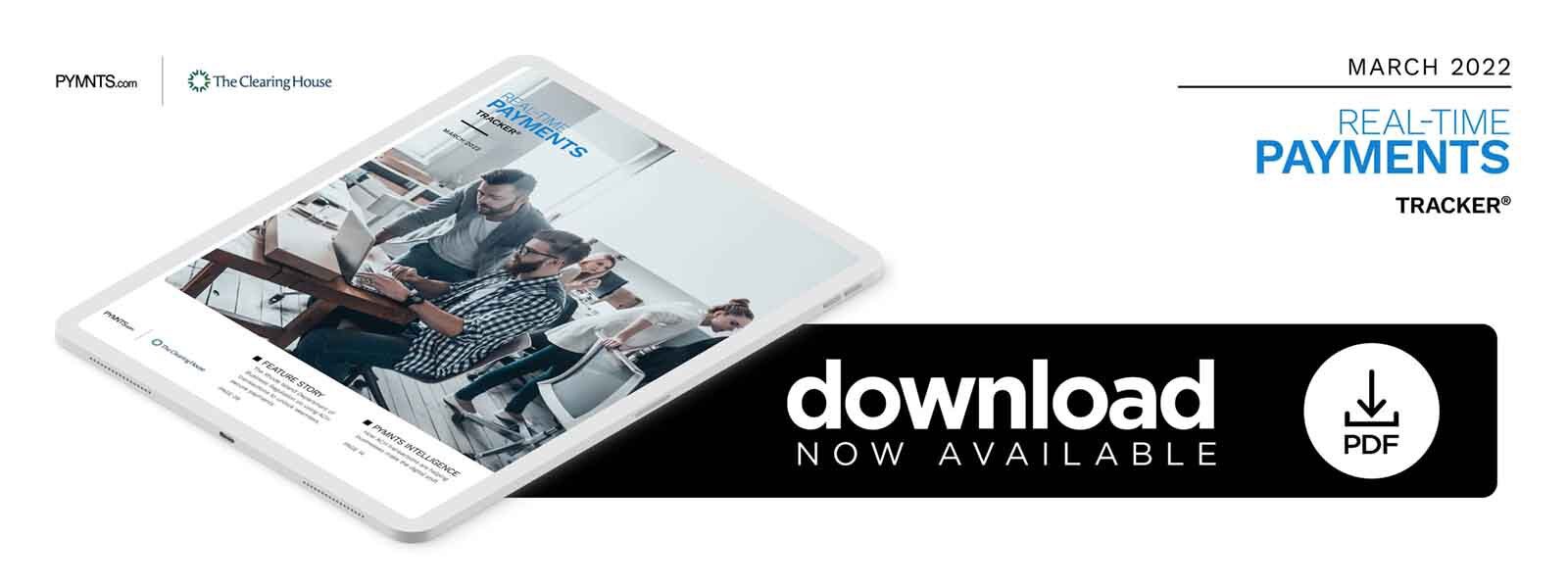The Rhode Island Department of Business Regulation on Using ACH Transactions to Unlock Seamless, Secure Payments

Government bureaucracy and paper checks may have a long history together, but ACH is making inroads as a fast, reliable and paper-free alternative. In the Real-Time Payments Tracker, the Rhode Island Department of Business Regulation’s Beth Dwyer explains how ACH allows businesses and consumers alike to access funds faster and primes them to trust additional electronic payment methods.
Local and state governments tend to face an overwhelming amount of paperwork when it comes to payments and the remittance information surrounding them, so perhaps it comes as little surprise that they often look for any tools or solutions that can make these processes easier and more efficient.
Government treasuries and other agencies have long been accustomed to processing payments from taxpayers and businesses via paper check. When automated clearinghouse (ACH) payments entered the scene, inertia and familiarity initially prompted many businesses and consumers to continue sticking with checks to pay their taxes, license renewal fees, professional certifications and other costs. Even many of those who received income from the government, such as Social Security benefits and worker’s compensation, opted to receive paper checks in the mail every month rather than moving to electronic payments.
The march toward ACH adoption has been in motion for years, but the pandemic dramatically accelerated it as social distancing prompted consumers to stay home and businesses to reassess their accounting and payments processes. Offering disbursements via ACH has become an increasingly attractive prospect over the past two years as it maintains health and safety protocols and minimizes the number of employees required to visit offices and process paper-based payments.
“This has been a discussion for years as to whether benefits should be going electronically into people’s bank accounts or should we really be cutting checks right now,” Beth Dwyer, deputy director of financial services at the Rhode Island Department of Business Regulation, told PYMNTS in an interview. “They still are [cutting checks], but I think you’re going to see more and more people move to electronic as we’ve seen the efficiencies of it through the pandemic.”
Dwyer’s office, which oversees a multitude of business dealings in Rhode Island, receives payments from businesses within the state as well as from around the country. Mortgage payments, insurance payouts, professional license renewals and bank reconciliations are a few of the many tasks the office handles, and ACH payments and other electronic methods have simplified and streamlined these tasks, she said. They also have markedly cut down on the paperwork and number of people required to process information.
“We have been pushing for more than a decade in Rhode Island for all of our documents to be filed electronically, and that includes things like financial statements and all sorts of stuff that we want … electronically,” she said, adding that her office also does not have the physical space to store documents and keep copies, making electronic storage much more preferred.
Eliminating Potential Misconceptions About ACH
Many state government agencies continue to work with paper checks because the payment method leaves a literal paper trail, and their processes and anti-fraud methods are geared toward tracking these manual payments. Electronic deposits require different support and processing systems, and many organizations have been reluctant to make the switch.
The pandemic has reduced the number of employees available to cut checks and verify identification in person, however, and payment recipients also have warmed to the idea of accepting payments via ACH. Dwyer explained that switching to ACH has, in many ways, made for a much more efficient accounting process, and she said she believes ACH payments will continue to play a larger role in governmental affairs in the future. Rhode Island now accepts about 96% of its applications and fees electronically, for example, but she said it took time to shift to this level of acceptance.
Continuing to drive its adoption among the public is likely to take additional outreach and education about the method’s benefits. It may also require officials and those offering the payment method to dispel myths, outlandish as they may sound, such as that the government can “just reach in and steal all the money in their bank account,” Dwyer explained. Taking a gentle approach to promoting ACH payments’ benefits and security has helped consumers go electronic at their own pace and for the long haul.
“I think it worked well not to mandate it upfront,” she said. “If it’s scary, and you’re being forced to do it, you’re going to have adverse reactions. We can’t force this on people. And I think just the fact that it wasn’t forced actually made more people accept it.”
Governments, businesses and consumers alike are steadily beginning to realize the benefits they can reap from supporting and using electronic payments, particularly ACH transactions. Familiarizing them with using the payment method also could hold the key to fostering increased trust as they move toward faster, real-time systems and other innovations in the years ahead.
